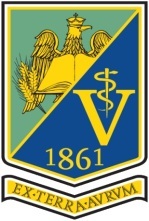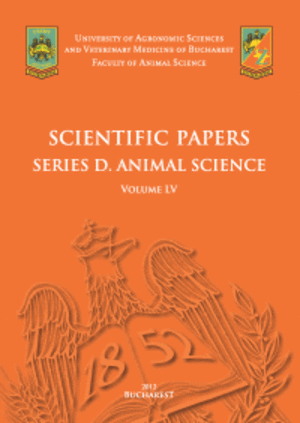Published in Scientific Works. Series C. Veterinary Medicine, Vol. LXXI, Issue 1
Written by Vasile RUS, Maria-Cătălina MATEI-LAŢIU, Adrian Florin GAL
The veins transport the blood from the capillaries to the heart and to prevent blood reflux, the veins dispose valves. This study aims to describe the microscopic structure of the femoral vein in broiler chickens, before and after the valves. The right femoral vein was collected from a 10-day-old broiler chicken that was histologically processed by embedding in paraffin and the sections were stained by the Verhoeff-trichrom method. In the case of the femoral vein in broiler chickens, before the valves, the tunica media is made up of smooth muscle cells without being compactly arranged, while the tunica adventitia is predominantly fibrous. In the segment after the valves, the tunica media is more compact than in the segment before the valves and the tunica adventitia is fibro-elastic. At the borderline between the media and the adventitia, there are 3-4 elastic lamellae similar to those in the external elastic lamina of the arterial wall. At the level of the agger, the tunica media is twice as thick as in the segment after the valves. These structural differences of the venous wall are directly related to ensuring changes in the hemodynamic parameters in the phases of the valvular cycle (opening phase, equilibrium phase, closing phase and closed phase).
[Read full article] [Citation]



